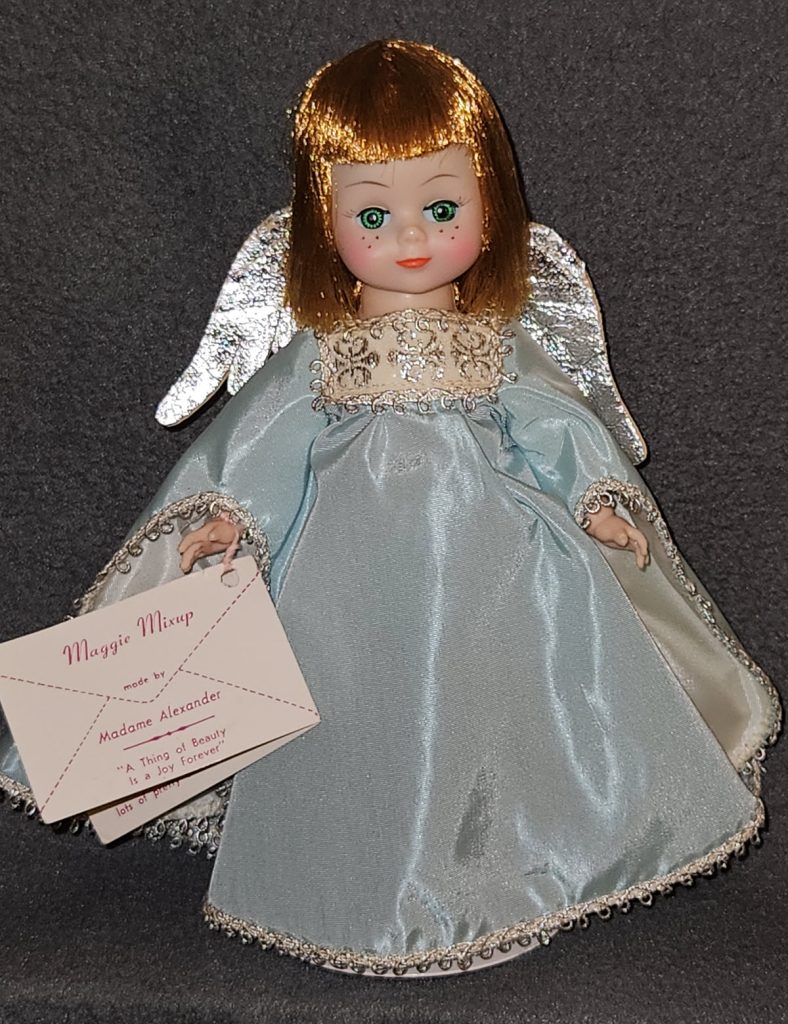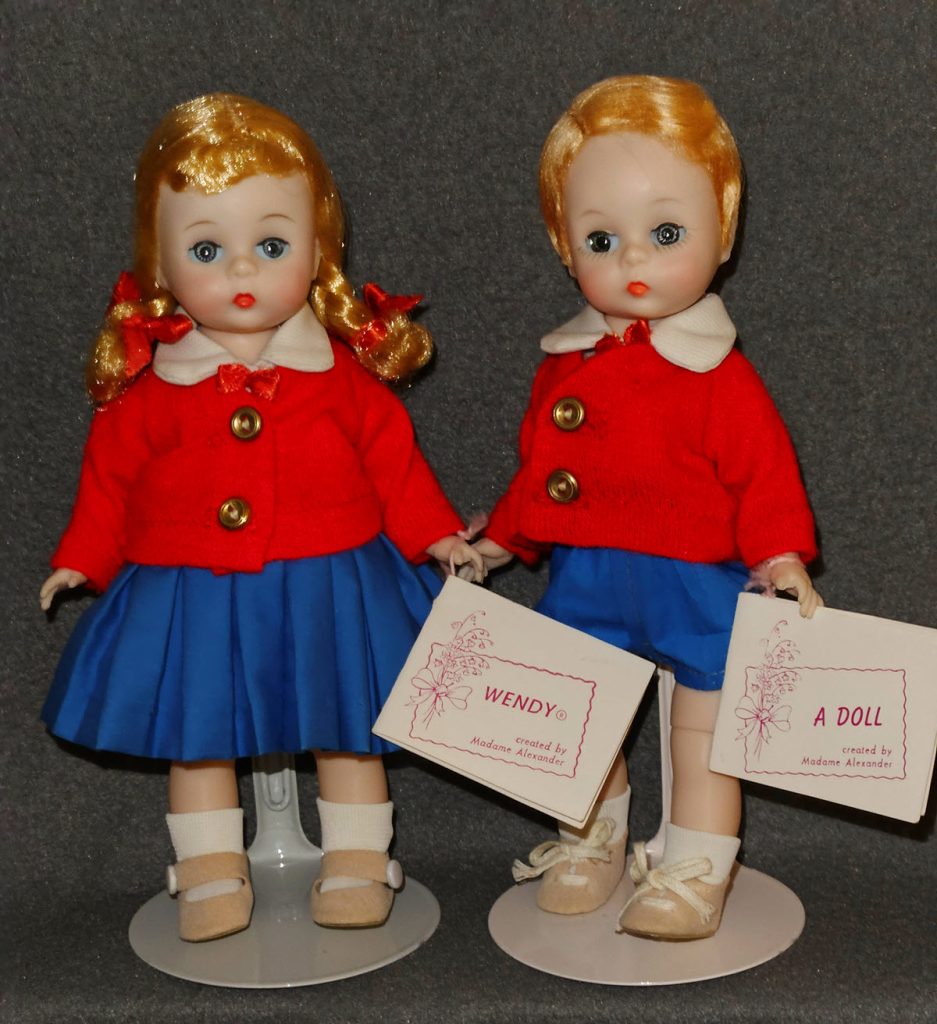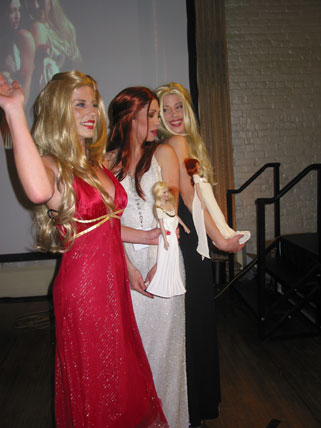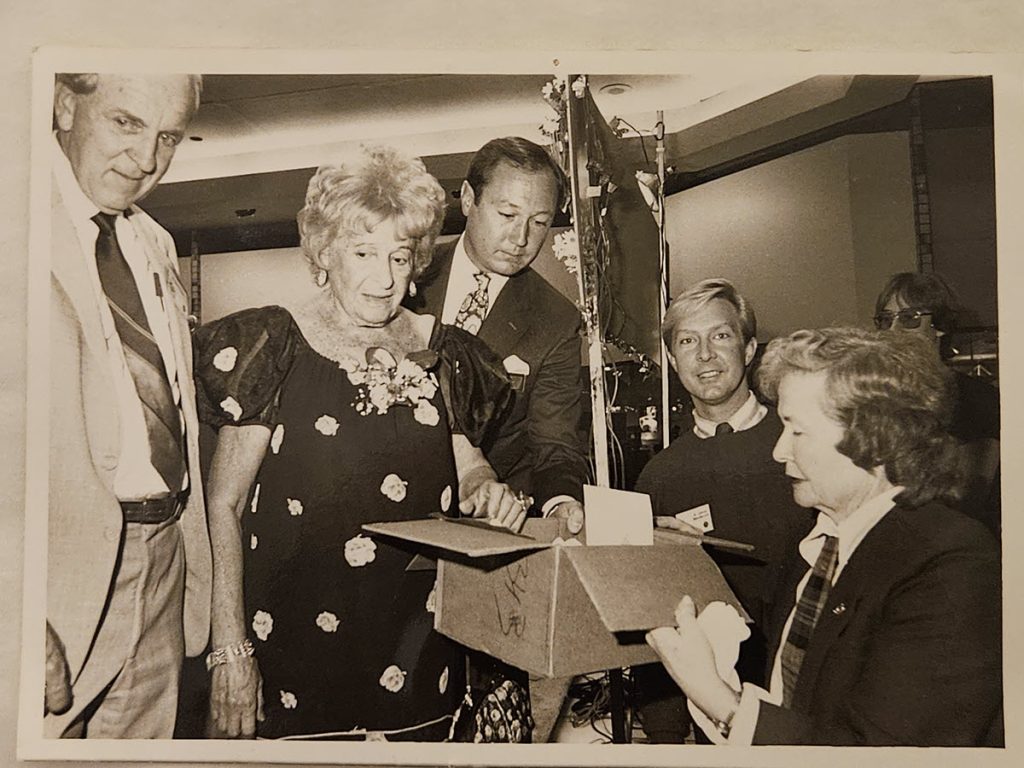
By A. Glenn Mandeville
Photos by A. Glenn Mandeville, except where indicated.
I first heard the name Madame Alexander when I was 7 years old. My mother and grandmother had taken me to the John Wanamaker department store in Philadelphia to see Santa Claus and ride the monorail that was attached to the ceiling in the toy department. One of the monorail stops was in front of the floor-to-ceiling glass cases that housed the amazing Madame Alexander dolls available at the time. It truly was a mesmerizing site and one I’ve never forgotten.
My next encounter with her work wasn’t until I was 12 years old; a neighbor’s father had gone to Disneyland on business and brought back a 10-inch, hard-plastic Madame Alexander Sleeping Beauty doll. Neither my childhood friend nor I ever dreamed of doing anything except stare at it, as it was far too beautiful to play with.
After graduating from college, I moved to Center City Philadelphia, and at the very same John Wanamaker store, I saw three Madame Alexander portrettes — Scarlett, Southern Belle, and a Queen. I eagerly purchased all three with my newly acquired charge card, and one could say the rest is history, as I remain hooked on the beauty and quality of Madame Alexander dolls.
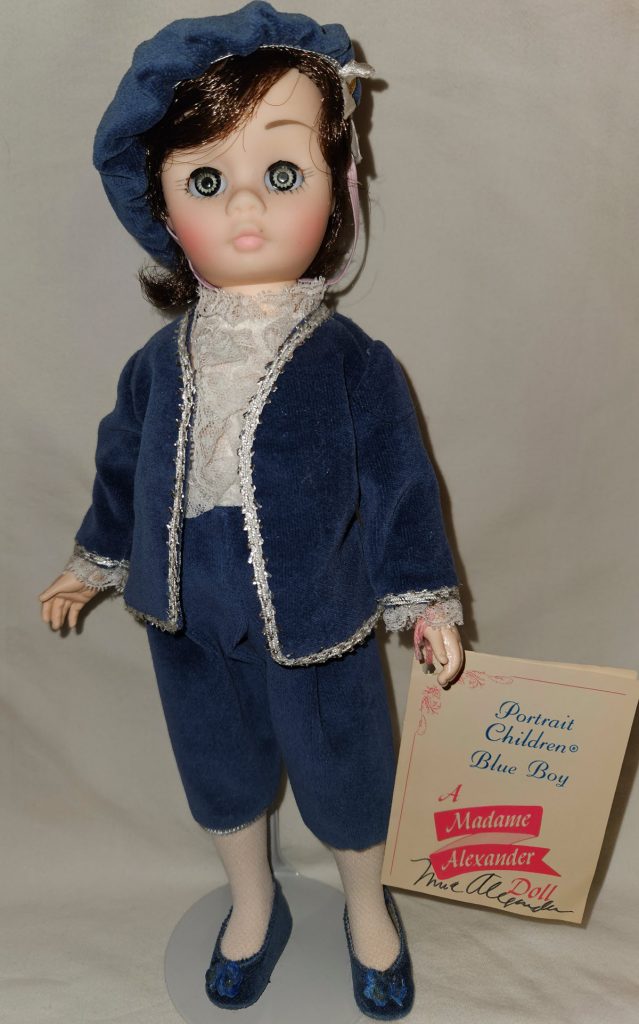
As a dealer in 1978, I did a benefit doll show for the Greenwich Art Barn in Greenwich, Connecticut. Madame Alexander was there to sign dolls, and she also unveiled her new record album featuring her telling stories for children (the album is now available on CD). It was there that I had the chance to chat with her, and I quickly realized she was an amazing and talented individual.
In the early 1980s, I was approached by Hobby House Press to write articles for Doll Reader magazine, which led to books being published and a lifetime career of studying, buying, selling, and appraising dolls of all kinds. Because of this, I was invited to many events where I would again meet and connect with Madame Alexander.
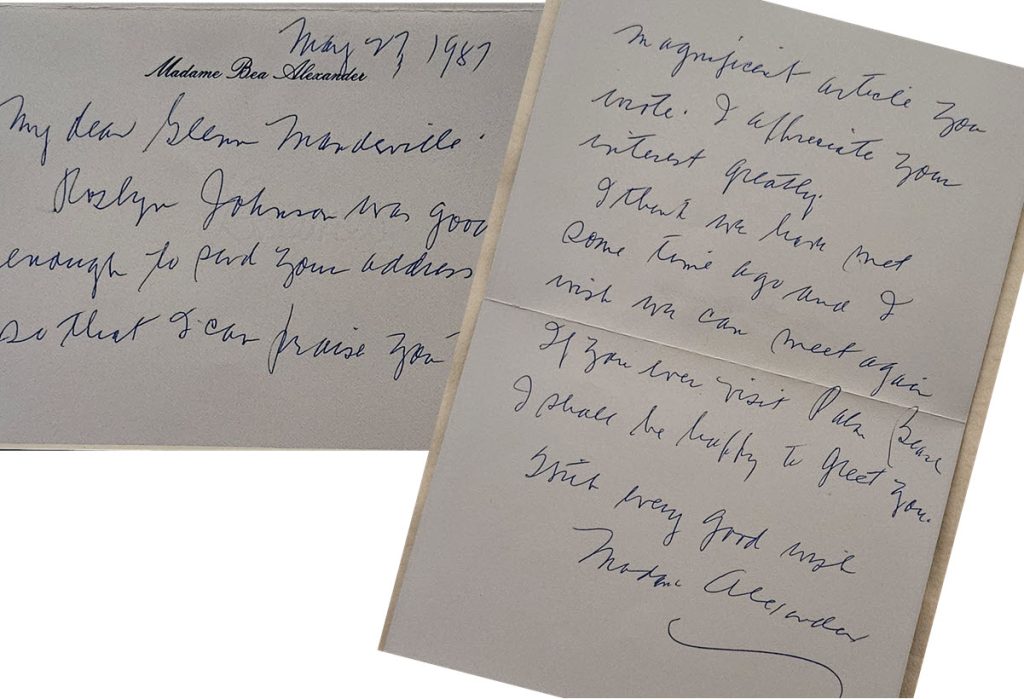

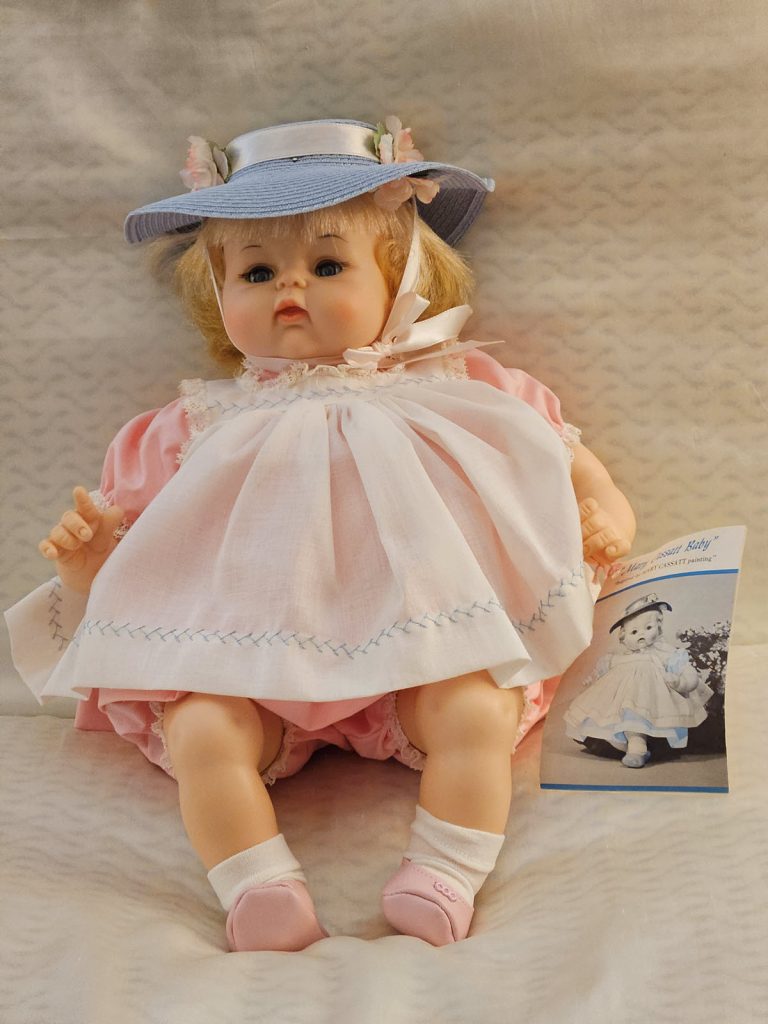
While on the board of directors for the United Federation of Doll Clubs, I was asked to write an article about Madame Alexander. Much to my amazement, soon after, I received a handwritten note from her. She complimented me on the article and invited me to visit with her if I was ever in the West Palm Beach area. Naturally, I was delighted!
Madame always remembered me, and we had numerous encounters at doll events — I was often her dinner companion. It was during these meetings that I was able to glean information. Madame told me that her beloved 8-inch Alexander-kins, started in 1953, were a response to the Ginny doll by the Vogue Doll Company. She felt she could make a more expensive doll that was only available in “better stores” and that could be considered a shelf doll rather than a play doll. It turned out she was right, and the Alexander-kin line continued for decades with a number of store specials. In fact, they are the basis of the 8-inch dolls that are sold today.
One had to understand that if you let Madame do the talking instead of questioning her, you could find out a wealth of information.
She informed me that collectors had inquired over the years as to why so many different fabric prints were used on the Sound of Music dolls. She smiled and said the answer was simple: The factory bought up remnants of Liberty of London fabrics and used whatever was available.
Madame shared with me her annoyance at being referred to as a dull artist when she was really a clothing designer. Using a few basic molds, Madame was able to create hundreds of historic, literary, and nursery rhyme characters by just changing the hairstyles, makeup, and beautifully designed fashions. She was also one of the first to embrace the new vinyl material, which completely changed how dolls were manufactured. This allowed her dolls’ hard-plastic bodies to have soft vinyl heads with rooted hair.
One of my favorite stories Madame shared with me involves the 21-inch doll named Coco, manufactured in 1966. The head sculpt on this doll was incredibly detailed, especially around the nose and ears. Madame told me that problems arose right from the beginning when pulling the doll from the mold. Sometimes, the nose would stretch out like Pinocchio; other times, the ears would come out with points on them. So much attention was spent on the head that when the bodies arrived, one of the managers approached Madame and asked her if she realized they had no way to attach the head to the body! This is why the first run of Coco dolls has a small hole covered with a brass ring on the body, enabling stringing to reach a mechanism in the head. It was an inside joke within the company for years about how this detail got by everybody.
Throughout the years, Madame would go on to greet me at the New York Toy Fair, an event she rarely missed. After her passing in 1990, it was bittersweet that I became president of the Madame Alexander Doll Club in 1992-93, and I acknowledge I am in the enviable position of having known one of the most talented individuals in the doll business.
Madame’s lifetime quote — “A thing of beauty is a joy forever” — can certainly be applied to her legacy as well.
